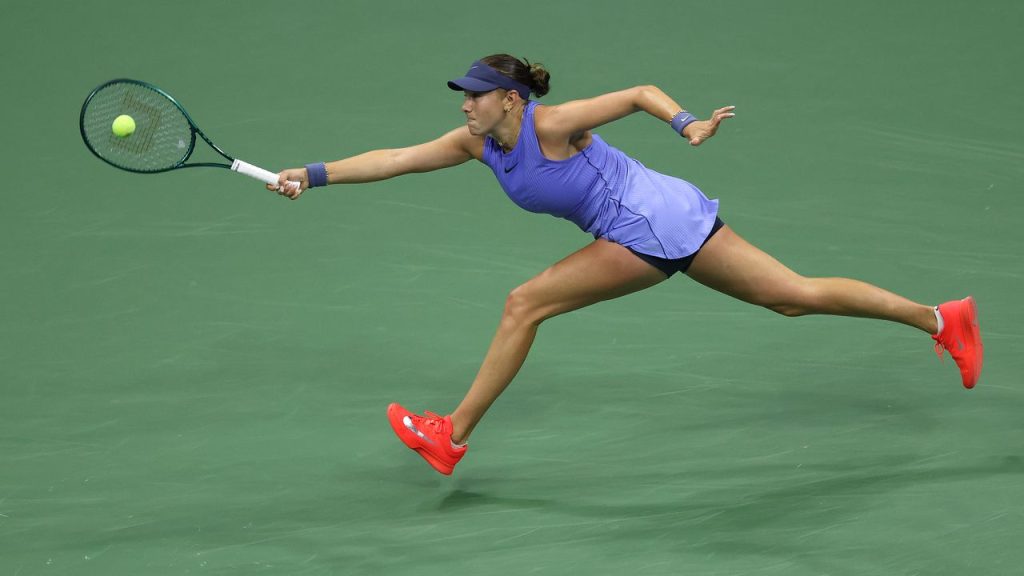“A dysregulated nervous system is when the athlete gets stuck in the sympathetic overdrive state and can’t properly downregulate into the parasympathetic recovery state,” says Christopherson, who has worked with professional athletes for decades. A dysregulated nervous system looks like trouble sleeping, inability to recover fully, chronic stress, and increased risk of injury from adrenaline masking pain and fatigue. It’s also the root of burnout.
While all of this technology is new, regulating the nervous system has always been a skill related to the professional athlete’s mindset. Oswald says, “These athletes are here because they’re able to manage the nerves and the nervous system. Everyone gets nervous, and they’ve found strategies.” Breathing techniques, thought processes, positive affirmation, and having rituals are how champions do it on their own. Still, Oswald says younger players are losing self-awareness.
Biometric Data
The rise of neuroscience in professional sports comes with the use of performance optimization driven by data. Top players get their metrics, like heart rate variability, cortisol, and VO2 max, checked daily (some every morning and night), and their teams use the information to optimize training and recovery protocols. Ultimately, biometrics don’t predict performance and only highlight risk of injury or fatigue. Many players avoid looking at the data.
“At this level, they are really often in the red zone, and we can’t do too much,” says Ryszczuk, who, along with every coach interviewed for this piece, says restorative sleep is better than any device. Ryszczuk notes that many younger athletes would rather use advanced recovery tools when all they need to do is get a massage for 15 to 20 minutes and go to sleep.
“Players need to connect to their bodies,” adds Stacy, who coaches athletes to find moments throughout the day to practice internal regulation. For example, focusing on your exhale to activate the parasympathetic nervous system in social settings. Then it shows up on the court.
The pros also travel across all 24 global time zones each year, and for every hour of time zone change, it takes one full day to adjust and regulate. Some arrive at tournaments a week early to acclimate, but for lower-ranked players who can’t afford extra days in a hotel, access to a decked-out recovery room may level the playing field.
The Future of Tennis
Ultimately, the neuroscience of tennis reveals that the next generation of tennis players must return to the basics before depending on a $160k recovery chamber. Like in all sports, the physical demands of tennis are increasing and requiring stronger physicality. But relying on external data and recovery tools won’t produce champions who can keep up, says Akin Akman, a pro athlete favorite for mindset coaching. When in New York, players visit Akman to get a dose of old-school champion mindset conditioning that trains the nervous system in the process.
“All athletes, and not just tennis players, limit themselves in the same ways,” Akman says, explaining that it takes learning and shifting thought patterns about the body itself. Akman was trained by the late Hall of Fame legend Nick Bollettieri. After embodying the most winning philosophy in the game, Akman became a coach on Bollettieri’s team. Now, Akman has his own facility and a method for the next generation of champions, where nervous system regulation is taught through mindset mastery.
“The real frontier is mindset,” says Akman, who cautions that relying on technology outsources awareness. “We have to believe our bodies and nervous systems are finely tuned instruments that guide us if we learn to listen. Data is great, but relying on external tools to regulate our state takes away our certainty. Excellence lies in understanding and harnessing our own physiological responses.”
Akman coaches athletes to manage their fight-or-flight reactions as they undergo physical intensity, complete with high-pressure moments designed to simulate playing in a Grand Slam. Over time, the athlete’s brain adjusts its sensitivity to repeated stimuli, building resilience and allowing the nervous system to conserve energy and adapt faster. “The real evolution,” he says, “is learning by being, by doing, by feeling.”
The Open’s pioneering efforts in recovery, coupled with the increasing focus on the nervous system by top teams, are leading a quiet revolution toward a new understanding of athlete performance and longevity. The challenge for this era of champions lies in using the benefits of advanced technology without giving up on the pursuit of inner mastery. And that should go for all of us.


